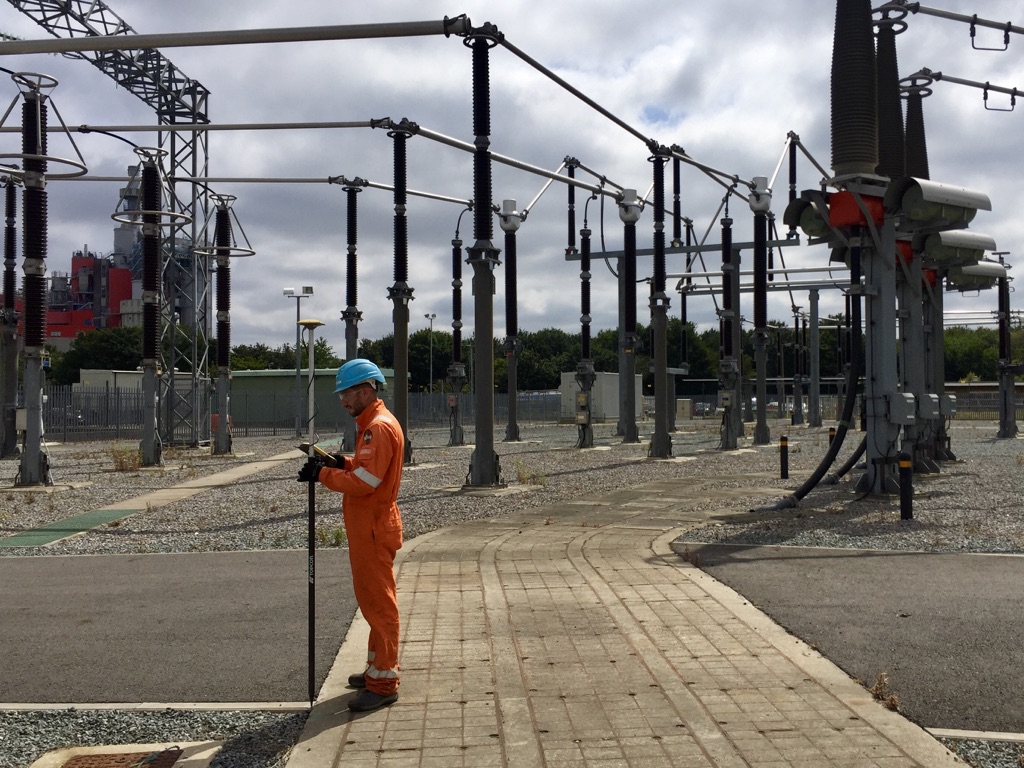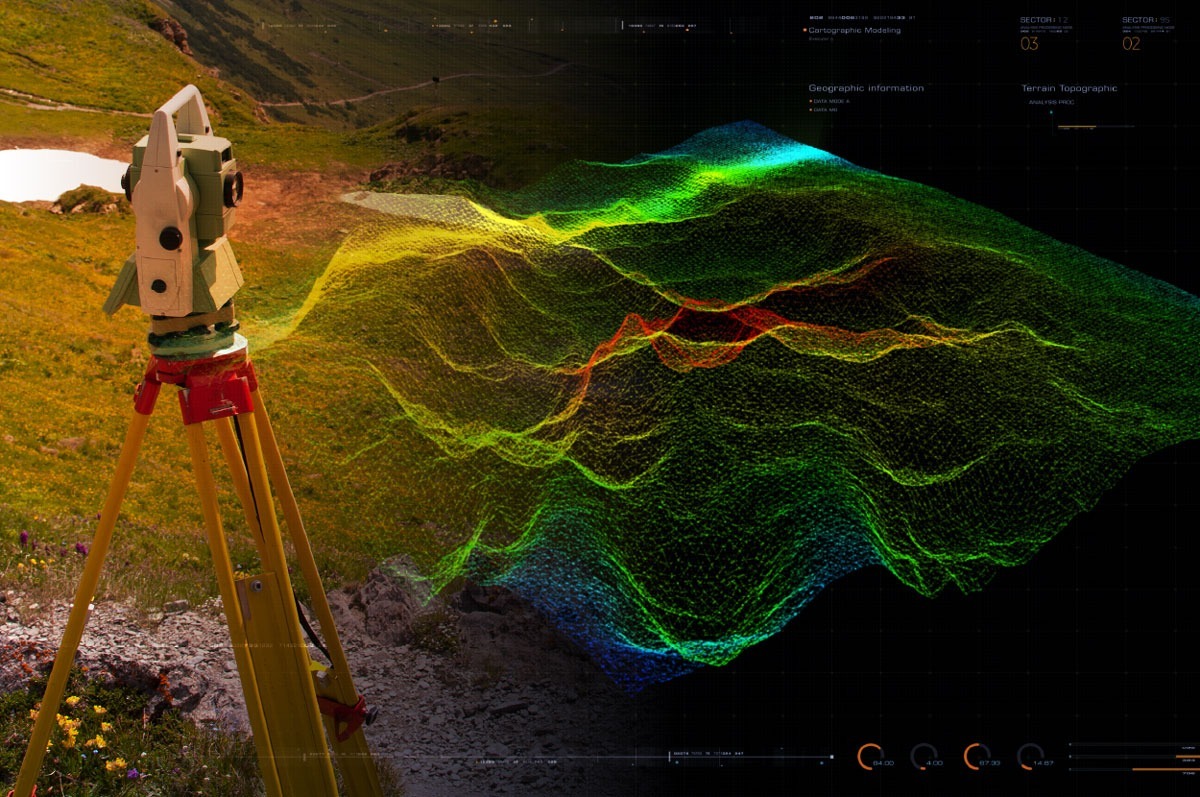The Function of Establishing Out Design in Successful Infrastructure Projects
Establishing out design is typically a forgotten yet important element in the realm of framework jobs, serving as the structure for building accuracy and project success. The intricacies and difficulties associated with establishing out engineering can profoundly affect job end results.

Significance of Laying Out Engineering
Setting out design is a critical aspect of framework tasks that can not be ignored. This self-control works as the foundation for the effective implementation of civil engineering jobs, making certain that styles are precisely converted right into physical fact. The relevance of laying out design depends on its function in establishing exact reference factors and alignments, which are important for the correct positioning of utilities, highways, and frameworks.
In addition, setting out design improves the performance of building and construction processes by decreasing the probability of costly mistakes and rework. Exact measurements and thorough site studies allow task teams to stick to timelines and specifications, eventually leading to boosted project distribution. Effective establishing out techniques contribute to preserving safety and security standards on site by making sure that employees are aware of the spatial restrictions and positional needs of various elements.
In an age of raising complexity in infrastructure jobs, the value of establishing out engineering can not be overstated. It is essential not just to the architectural honesty and functionality of the completed work however likewise to total project sustainability and stakeholder fulfillment. Hence, buying knowledgeable laying out engineers is important for attaining effective project results.
Trick Responsibilities of Setting Out Engineers
Utilizing sophisticated evaluating techniques and tools, laying out engineers play an important function in equating style plans into actionable website formats. Their duties incorporate a series of essential jobs that ensure the successful implementation of framework tasks.
First of all, establishing out engineers are accountable for establishing reference factors and standards on-site, which offer as the structure for all subsequent construction tasks. By properly positioning these points, they ensure that the job lines up with the architectural and engineering designs.
Furthermore, they conduct website surveys to assess status quo, recognizing any type of prospective challenges or inconsistencies that may impact the job. This positive approach enables prompt modifications to the design or construction approaches, consequently lessening delays and price overruns.
Additionally, setting out designers work together closely with numerous stakeholders, including designers, job supervisors, and building groups, to interact important information and updates. Their function additionally includes monitoring continuous benefit compliance with style requirements and regulative criteria, guaranteeing that the project keeps its honesty throughout the building stage.
Strategies and tools Used
In the world of facilities projects, setting out engineers utilize a variety of sophisticated tools and methods to make certain accuracy in their work. One of the fundamental tools used is the overall terminal, which incorporates digital range dimension with angular dimension, permitting for exact placing and format of project elements. Additionally, Global Navigation Satellite Systems (GNSS) have become important, supplying real-time place information that improves the effectiveness of laying out processes.

Additionally, standard devices such as theodolites and leveling instruments remain to play an important function in attaining vertical and horizontal positioning. The combination of mobile applications and software program for information collection and evaluation has streamlined the workflow, allowing laying out designers to make enlightened choices quickly. By harnessing these tools and strategies, laying out designers add significantly to the precision and success of infrastructure projects.
Challenges in Setting Out Engineering
Numerous challenges challenge laying out designers in the implementation of facilities projects, necessitating a high level of knowledge and adaptability. One significant challenge is the need for precise dimensions in varied environmental conditions, which can be influenced by variables such as climate, terrain, and existing structures. Errors in initial surveys can lead to costly rework and project hold-ups.
An additional obstacle depends on the sychronisation with different stakeholders, including architects, professionals, and government agencies. Reliable interaction is crucial to make certain that all events are aligned on project specs and timelines. Laying out engineers need to likewise navigate governing demands, which can vary significantly throughout regions and may enforce extra constraints on job execution.
Unanticipated website problems, such as below ground energies or geological issues, can occur, making complex the establishing out procedure. Thus, establishing out designers have to possess not only technical abilities however additionally analytic capacities to resolve these obstacles successfully.
Study of Effective Projects
Exactly how can successful situation studies in setting out engineering give useful insights for future framework projects? Checking out exemplary tasks exposes best methods and innovative strategies that enhance performance and accuracy in the establishing out process.
One more significant instance is the Hong Kong-Zhuhai-Macao Bridge, where meticulous establishing out ensured the precise positioning of the bridge's complicated architectural elements. The job's success depended upon extensive preparation and real-time adjustments, showcasing the value of adaptability in setting out design.
Additionally, the development of the Seattle-Tacoma International Airport showed the worth of collaborative methods amongst stakeholders, leading to a well-coordinated setting out stage that fulfilled tight timelines and budget plan restraints. These case research studies jointly stress that effective laying out design is not just about measurement, however likewise concerning leveraging technology, fostering partnership, and applying aggressive techniques. Such insights are invaluable for future infrastructure jobs going for success in a progressively intricate construction landscape.
Conclusion
In final thought, laying out design is indispensable to the success of framework projects, offering vital reference points and alignments that guarantee building accuracy - measured building surveying. The efficient use sophisticated devices and strategies makes it possible for laying out designers to boost interaction, display conformity, and address difficulties effectively. By lessening mistakes and remodel, setting out engineering considerably contributes to the architectural honesty and general success of jobs, highlighting its important role in the engineering and construction sectors
Establishing out engineering is frequently an overlooked yet critical part in the world of facilities projects, offering as the foundation for construction precision and task success.Establishing out engineering is an essential element of framework jobs that can measured building surveying not be neglected.How can effective case researches in establishing out engineering give important insights for future facilities projects?In verdict, setting out design is important to the success of infrastructure tasks, offering essential referral points and placements that guarantee construction precision. By minimizing mistakes and rework, setting out design substantially contributes to the architectural integrity and general success of projects, highlighting its essential function in the design and construction markets.